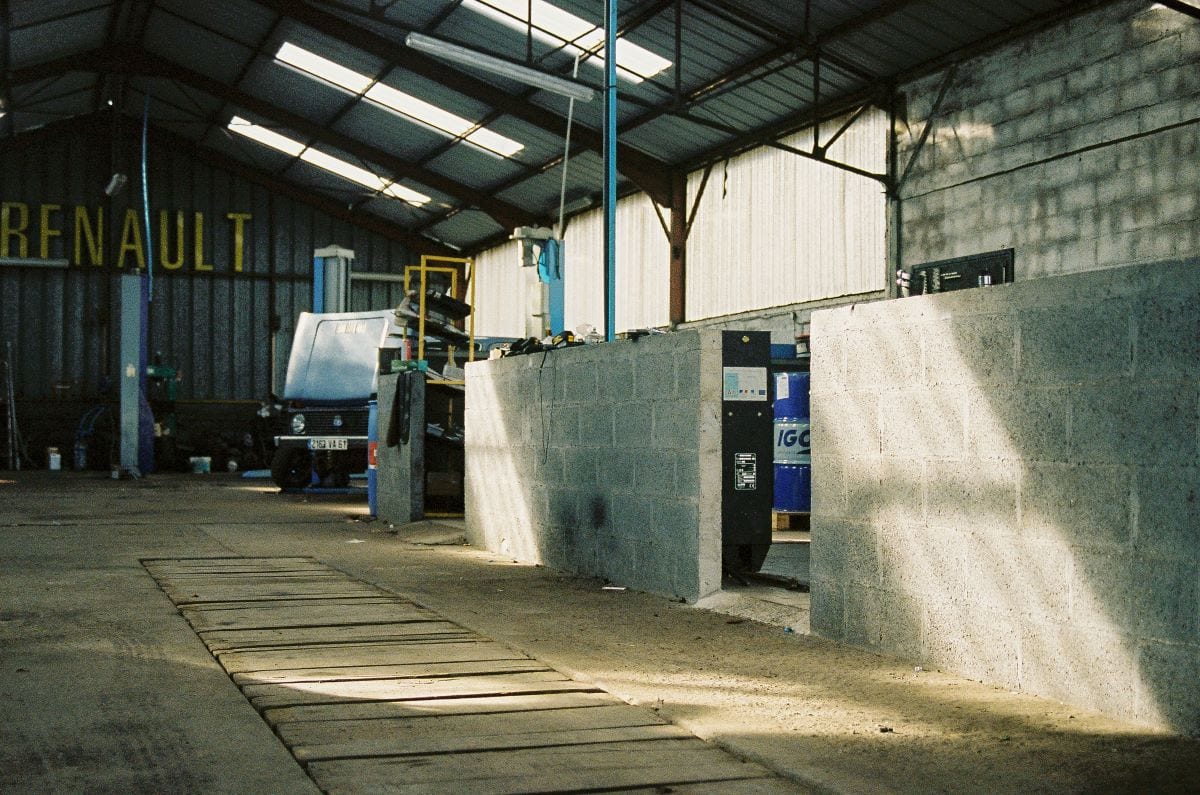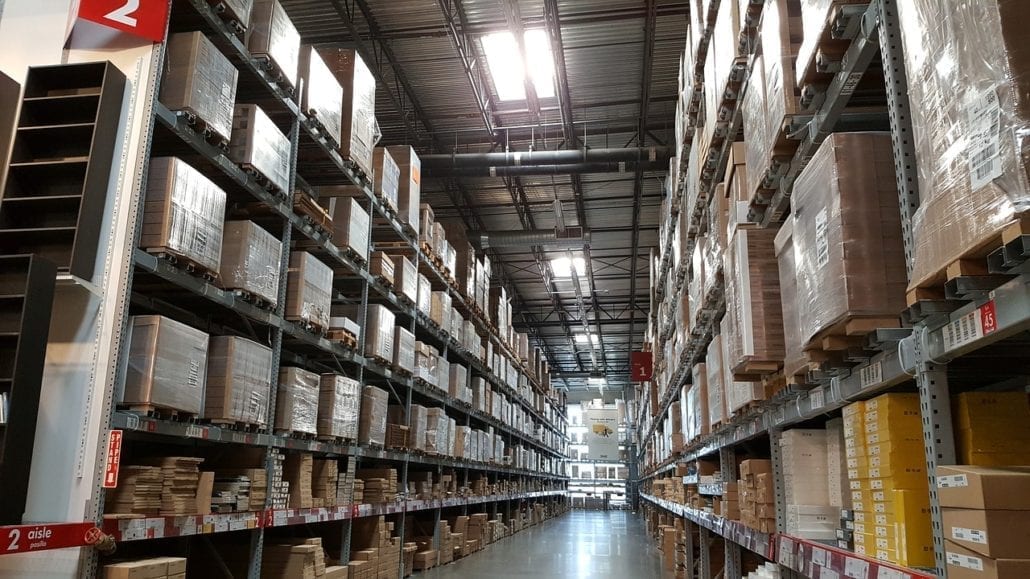Why Warehouse Operations Often Struggle

Unmotivated Workforce
One of the primary reasons why warehouses struggle is that the workforce is not motivated. You could have an efficient system in place, but if your team does not work to a high standard each day, then it will be impossible to succeed. Therefore, you need to keep your team motivated with decent pay, a relaxed yet productive work environment, goals and incentives, and career development opportunities.
Inefficient Layout
Many warehouses have the same layout that they did when they first started, which can cause inefficiencies and make work harder than it needs to be. You should not shy away from trying a new layout, as you might find that you can speed up operations and get more done each day.
Lack of Speed
These days, many warehouses struggle when it comes to speed and find that they are unable to meet consumer expectations. Consumer expectations have risen with next-day delivery becoming the norm. It is challenging to increase speed, while still maintaining accuracy and safety, but you will find that it is possible and often this is through automation. A warehouse management system, that integrates with your shipping systems, conveyors, and ERP can help you to speed operations up and keep your customers happy.
Out of Date Equipment
Another common reason that warehouses struggle is the equipment that they use. Forklifts are one of the best examples of this as this is equipment that is used constantly throughout the day, so you need to have the very best forklifts to succeed. Forklift hire is smart because you are not tied down and you can upgrade to the latest and best forklifts when they become available, and this should make a big difference to the daily performance of the warehouse.
Lack of Data
These days, all business operations should be utilizing data, but it is sometimes lacking in warehouse operations. Data can provide a deep insight into the daily performance of your staff members, teams, and the entire warehouse operation, which will allow you to identify the best ways to improve and become more efficient.
These are the main reasons that warehouses struggle. It is a difficult area of the business to manage with a lot of moving parts, but it is also an area of the business that has a massive impact on your success and customer satisfaction levels, so it is important to address these areas.


 Proper inventory management is one of the keys to keeping your business running smoothly and remaining profitable. Make mistakes here, and you may run out of best sellers, buy products you don’t need, and waste resources you can’t afford to lose. Here are eight essential inventory management tips every business should follow. We’ll focus on universal advice that almost any firm can implement.
Proper inventory management is one of the keys to keeping your business running smoothly and remaining profitable. Make mistakes here, and you may run out of best sellers, buy products you don’t need, and waste resources you can’t afford to lose. Here are eight essential inventory management tips every business should follow. We’ll focus on universal advice that almost any firm can implement. It’s common for both small businesses and independent contractors to have limited storage space for their products. To accommodate the growth of their business, they might turn to large warehouse facilities to house their ranges.
It’s common for both small businesses and independent contractors to have limited storage space for their products. To accommodate the growth of their business, they might turn to large warehouse facilities to house their ranges.
